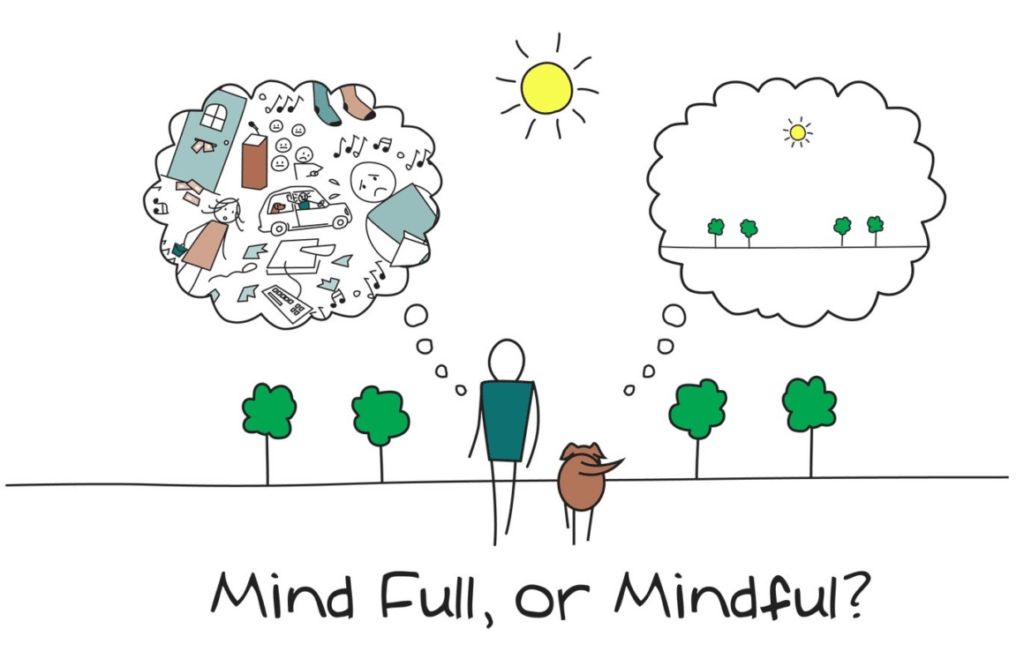
This is one of my favorite pictures. So simple, yet so profound.
I can tell you from personal experience that I used to be the person walking around with what felt like a million thoughts buzzing around in my head. Actually, I'm still that person, but with a daily meditation and mindfulness practice, my mind is able to calm more easily, letting me appreciate the little things in life.
Practicing mindfulness helps you enjoy the small, joyful moments. Like the moment you step into the shower and feel the warm water run over your body or the soft embrace of a child. Those small and joyful moments.
Meditation and mindfulness practices have impacted me in a way I never would have guessed. I started the practice in an effort to manage my stress. But I've found that paying more attention and being more mindful in the present moment, has done much more than that.
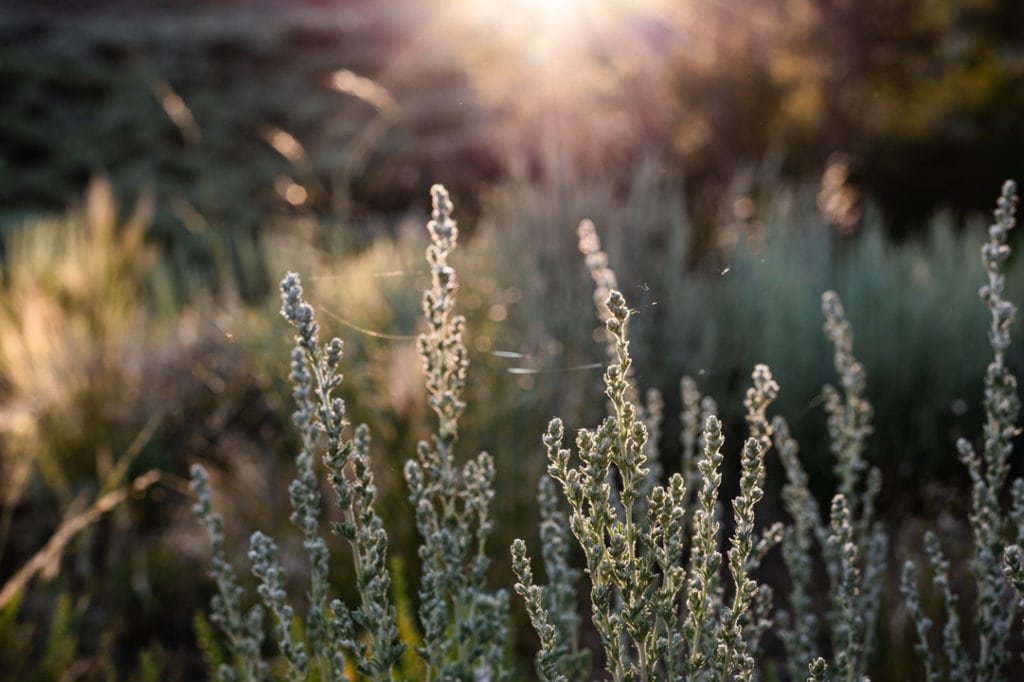
What is mindfulness?
According to Mindful.org, mindfulness is the basic human ability to be fully present, aware of where we are and what we're doing, and not overly reactive or overwhelmed by what's going on around us.
Mindfulness (and meditation) is not about clearing the mind, but rather being aware of the present moment without judgement.
It's also about acceptance. Accepting your thoughts and emotions and understanding that they're fleeting and impermanent.
Mindfulness is simply being aware.
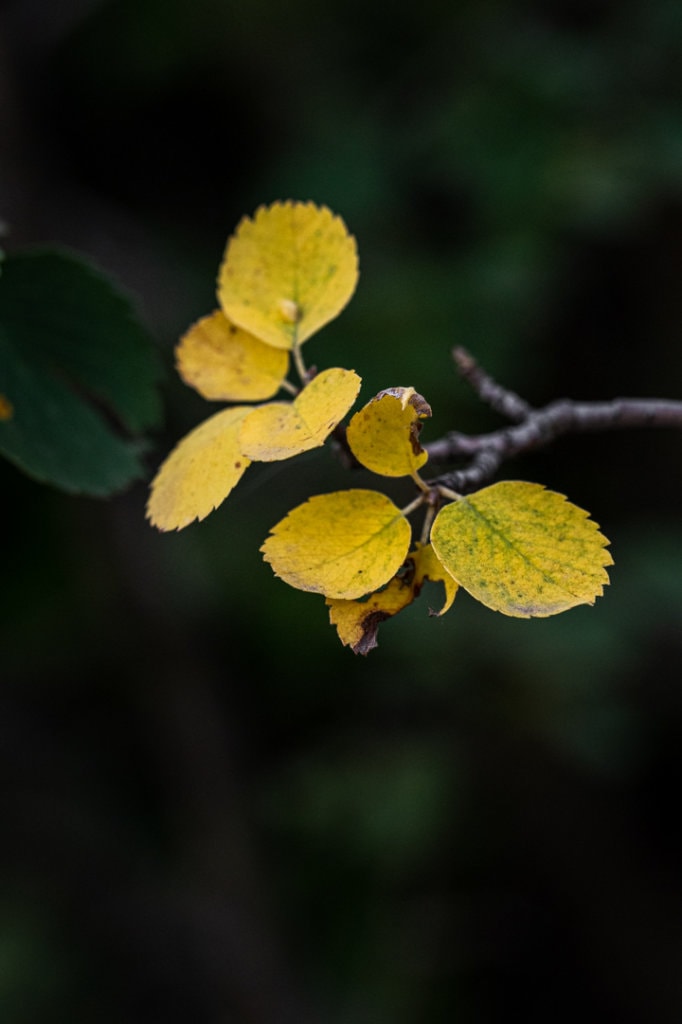
How is it helpful?
As simple as mindfulness is, it has been shown to have huge benefits.
Mindfulness can improve our response to adverse situations, and increase our enjoyment of the pleasant moments. With mindfulness, you don't (as often) get caught up in the cycle of worrying about the future or regretting the past.
Mindfulness can improve physical well-being, help relieve stress, reduce chronic pain, lower blood pressure and improve sleep.
It can also help with mental well-being, and is often used as part of treatment plans for mental illnesses including depression, anxiety disorder, eating disorders and obsessive-compulsive disorder.
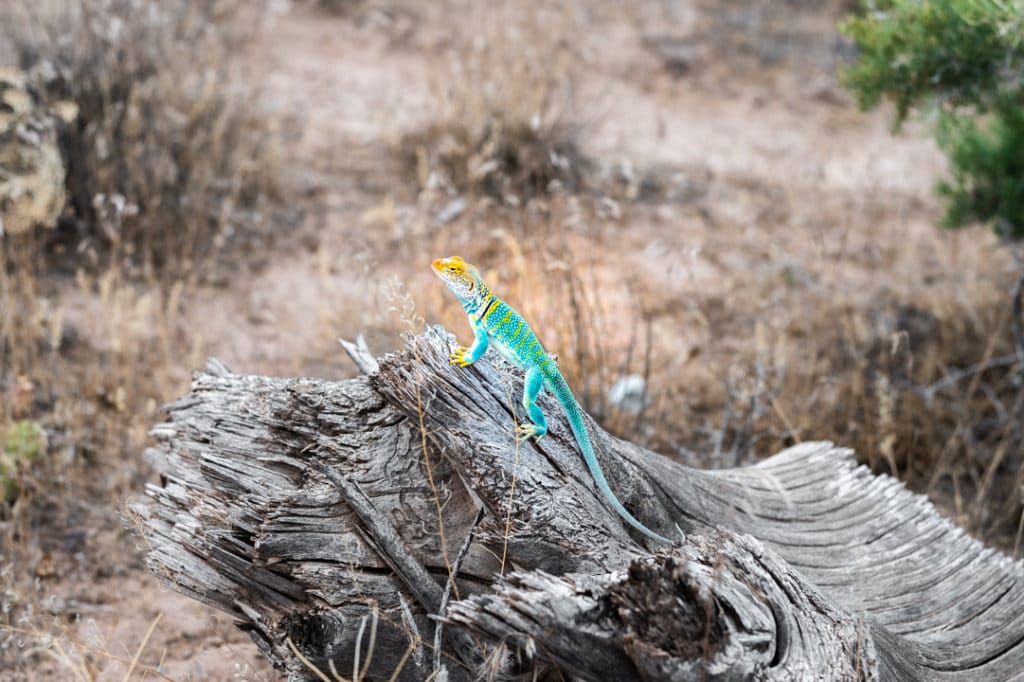
How do I start?
Mindfulness is available to us at any moment of the day. It's as simple as taking a breath before answering the phone, doing a quick body scan before bed, putting your fork down between bites and truly savoring the food that you are eating.
It's called mindfulness practice. So keep in mind that it's not about being perfect, but rather something to practice. It's very easy to go about your day and just not pay attention - like getting home from work and realizing you were on autopilot the whole way home. Quite the weird feeling...
You don't need any special equipment to practice mindfulness. Just yourself and a quiet place - at least it's easier to start in a quiet space. Simply observe your thoughts. Notice them pass by. When you notice judgement arise (which it will), simply let it roll right by.
A good way to start is to use your senses. Hear what you hear - the loud sounds and the quiet sounds. Feel what you feel. Notice how your clothes feel on your body. Notice any tension. What do you see? What do you taste? Is it toothpaste or your last meal?
Your breath is also a great anchor. Your breath is always with you and can be a good place to focus your attention. Notice your breath on the inhale. Where do you feel is? In your chest, in your abdomen? Notice the exhale. Notice how your body relaxes as you exhale.

Be kind to your wandering mind
Again, the point of mindfulness isn't to stop all thoughts and find an eternal state of calm. It's about noticing the present moment. Your mind will wander, and that's perfectly normal. Once you notice your mind has wandered, simply bring it back to the present moment. Bring your attention back to your breath.
Chade-Meng Tan, author of
- Waiting for your webpage to open? Take a mindful breath.
- Waiting for the microwave to beep? Take a mindful breath.
- Waiting in line at the DMV? Take a mindful breath.
Or maybe several for that last one…
Any time you find yourself waiting is a great opportunity to be mindful and take a breath.
If you're looking to start a more formal practice, there are many mindfulness apps available to help guide you. I really enjoy Headspace - they have guided meditations and even a mindful cooking section. Headspace is all about mindful meditation and it's a great place to start if you'd like some guidance along the way.
Mindfulness and meditation go hand in hand, though they're very different from each other. I'll get more into meditation in a later post, but if you don't want to wait, check out
By no means is this an all-encompassing guide to mindfulness and meditation. Instead, let this be a starting point to begin practicing how to be aware in the moment.
Check out the mindful meditation exercise below to try it out for yourself.
- Take a seat. Find a place to sit that feels calm and quiet to you.
- Set a time limit. If you're just beginning, it can help to choose a short time, such as 5 or 10 minutes.
- Notice your body. You can sit in a chair with your feet on the floor, you can sit loosely cross-legged, in lotus posture, you can kneel-all are fine. Just make sure you are stable and in a position you can stay in for a while.
- Feel your breath. Follow the sensation of your breath as it goes in and as it goes out.
- Notice when your mind has wandered. Inevitably, your attention will leave the sensations of the breath and wander to other places. When you get around to noticing this-in a few seconds, a minute, five minutes-simply return your attention to the breath.
- Be kind to your wandering mind. Don't judge yourself or obsess over the content of the thoughts you find yourself lost in. Just come back to the breath.
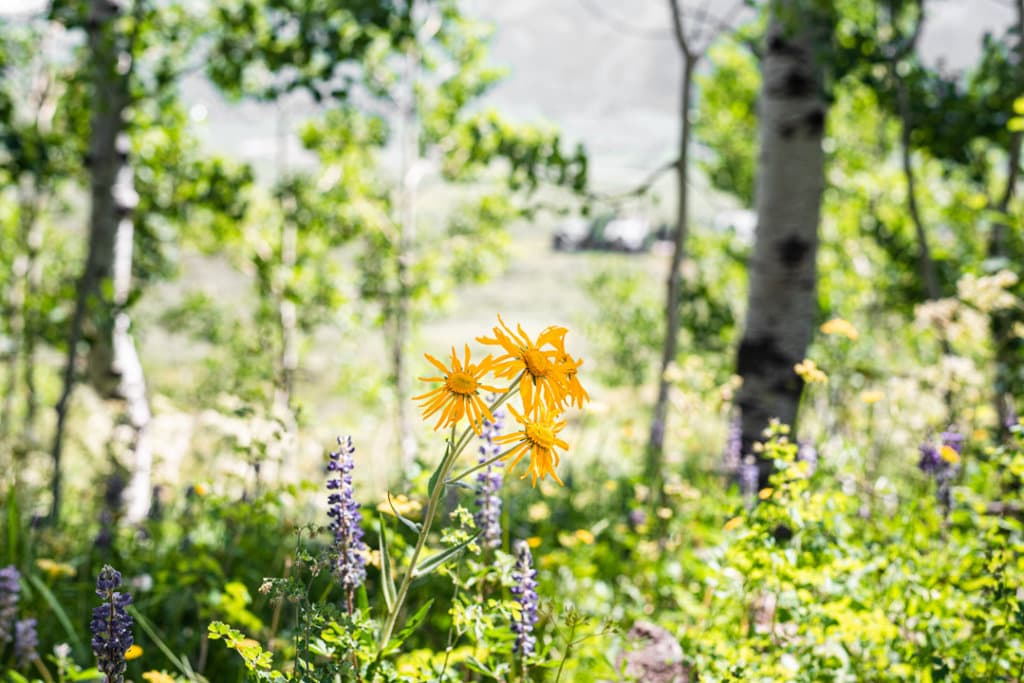
What are your favorite mindfulness & meditation books/apps/strategies?
We'd love to hear them!
Disclaimer: Some of the links above are affiliate links. This means that should you purchase something through the link, The Crooked Carrot will receive a small commission. The item cost remains the same regardless of whether you purchase through our link or not. Any commission earned simply helps us continue to provide all our great content to you. From seasonal recipes to simple nutrition insights & sustainable zero waste tips, we have lots more to give!


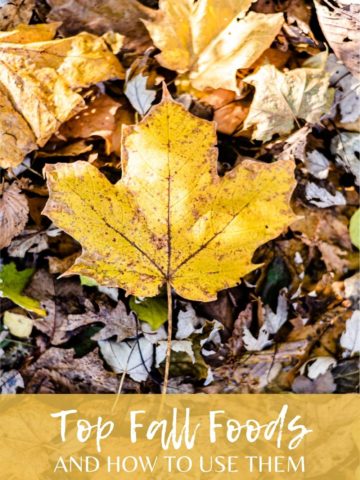
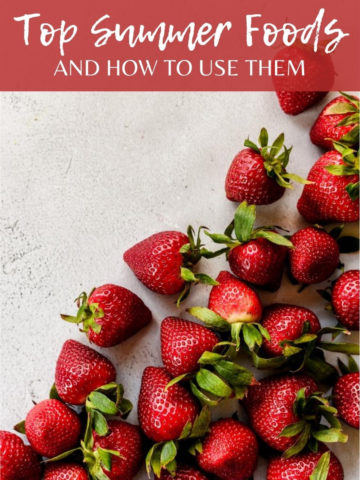
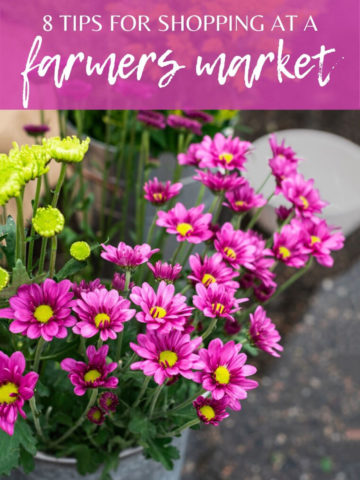
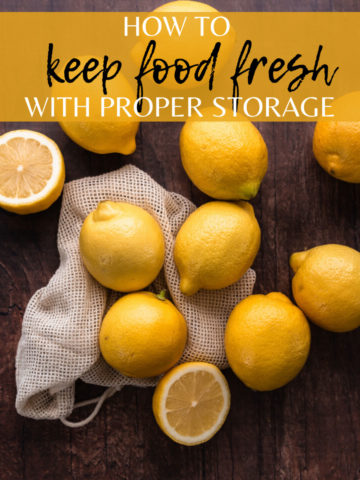
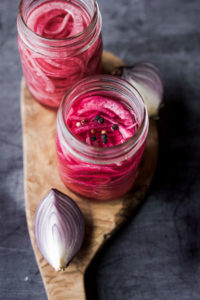
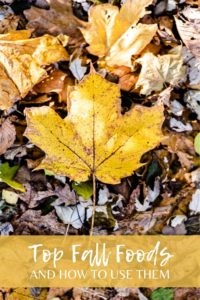
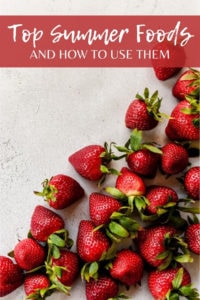
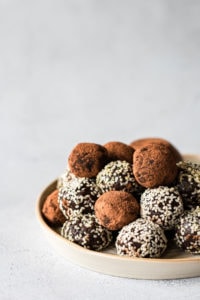
Leave a Reply